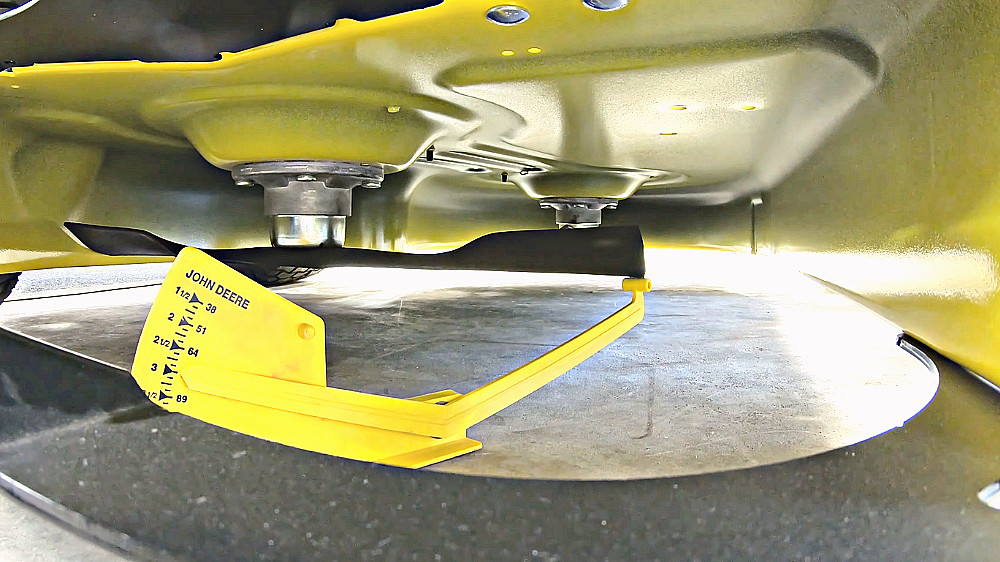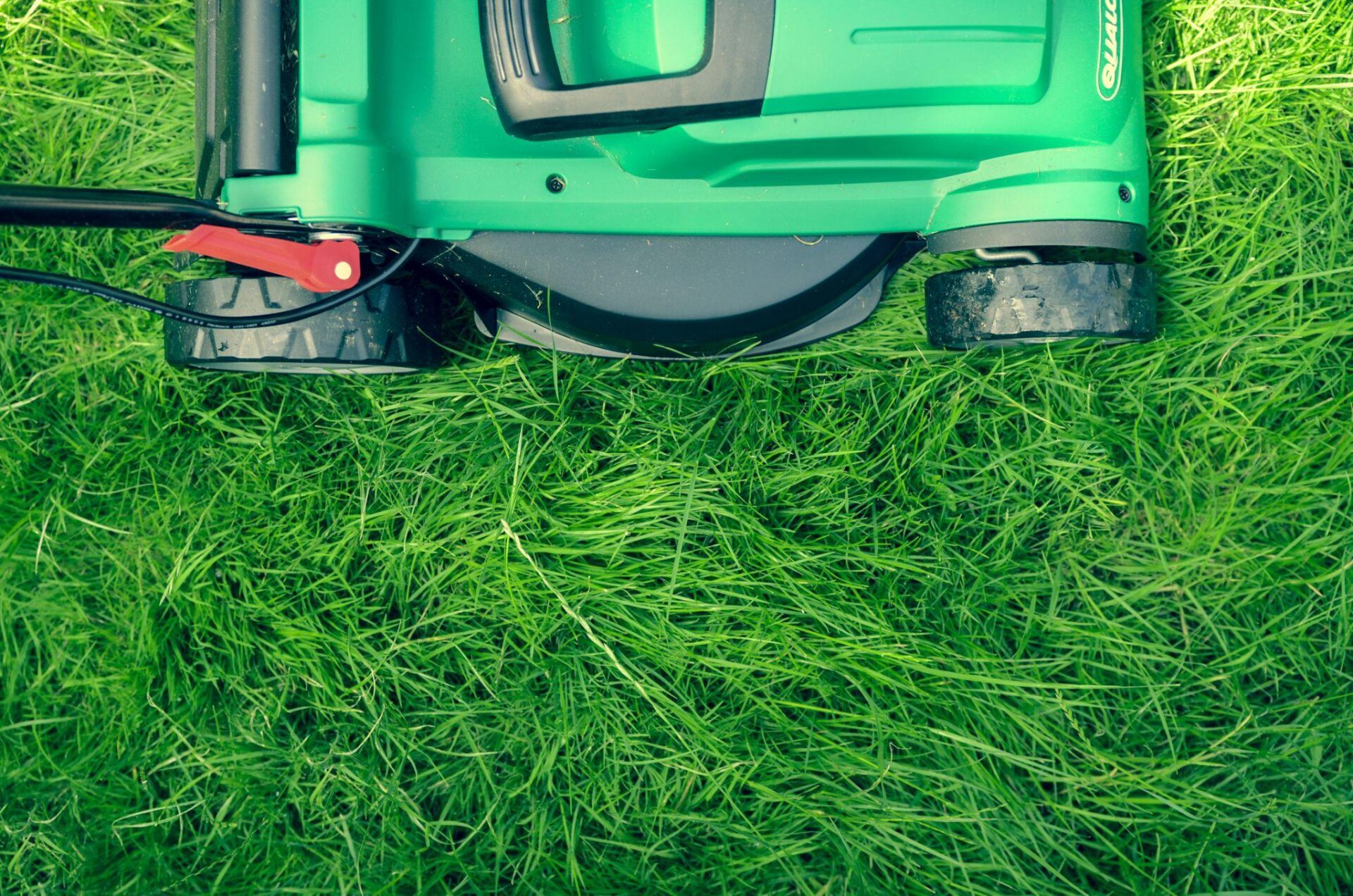A well-manicured lawn is every homeowner’s dream, but nothing discredits that perfect emerald carpet as much as uneven grass. If your mower is cutting clumps of alternately different heights, it looks dirty, and even that suggests that your mowing pattern or the equipment is somehow wrong. Let us see the key reasons for your unevenly cutting mower and how to fix it.
Visual Indications of Incorrect Cutting
The first indication that your lawn isn’t being mowed properly is the way it looks during a pass. There will be spots that are scalped—too short—and spots that are a little taller and will have a choppy, uneven appearance.
There can be stripes or rows of uncut grass between rows, or the grass may have a flattened appearance rather than cut. These visual signs can be frustrating, especially when you’re spending valuable time maintaining your yard, but they also serve as helpful indicators of where to start troubleshooting.
In many cases, uneven cutting is linked to the condition or alignment of the lawnmower blade, which can become dull, bent, or improperly mounted over time. Addressing this early can significantly improve cut quality and reduce strain on your machine.
Uneven Ground and How It Affects Mowing
If your lawn has dips, hills, or roots that stick out from the ground, these will affect how much your mower can cut level. When the wheels on the mower go over a dip or bump, the cutting deck travels over the ground, creating high spots or low spots in the cutting.
One solution is to mow in alternate directions. This allows the mower to cut blades of grass that may not be able to be cut in alternate directions due to uneven ground. Also, use a floating deck style of mower—it tends to ride over the ground more smoothly than fixed-deck mowers.
Mower Deck Level and Adjustment Tips

A misaligned deck mower is a very typical cause of uneven cuts. If the deck is not side to side or front to back level, half the lawn will be cut significantly shorter than the other half. Deck’s alignment test is relatively simple and generally a matter of measuring from the end of the blade to the ground on both sides and bending the mounting points appropriately.
Be sure to perform deck adjustments on a level surface and consult your mower guidebook for exact instructions. Levelling the deck is not only aesthetically pleasing, but it prevents unnecessary wear on mower components.
How Blade Sharpness Affects Cut Quality
A dull or broken blade is likely the most overlooked cause of ragged cuts. Rather than slicing cleanly through grass, dull blades rip at it, creating unevenness and a cut appearance. Not only will this disfigure the appearance of your lawn, but it will weaken the grass, making it vulnerable to pest and disease issues.
Inspect your blades regularly and sharpen them if necessary—ideally every 10 to 15 hours of operation. If a blade is broken, bent, or worn unevenly, it would be more rational to replace it. Sharp blades give a tidy, neat cut that encourages healthy grass growth.
The Role of Tire Pressure and Mower Balance
Tyre pressure is usually forgotten when working on cutting-in issues, but it plays a vital role in maintaining mower balance. When tyre pressure is unbalanced, the mower leans to one side even when the deck is levelled. Leaning causes one mower area to cut lower than the other area.
To avoid this, check tyre pressure regularly and top off tyres to manufacturer-spec PSI. Balancing your mower maximizes cutting performance and axle and wheel life.
Cutting Speed and Height Best Practices
Rapid cutting will result in rough cutting, especially on undulating or sloping ground. When cut too fast, the mower blades cannot cut cleanly, and the machine bounces, causing uneven cutting.
It’s also best not to cut the grass short in one cut—scalping will kill it for good. Instead, follow the rule of one-third: never remove more than one-third of the blade length in a single pass. Set the mower deck at the same level as the lawn and mow in sections if the lawn is established.
Not everything grows alike. Sunlight, soil, water table, and grass type can create variations in growth, where some grow quicker or otherwise than others. Nature’sNature’s non-uniformity will make otherwise well-groomed lawn look uneven.
To minimize the impacts of growth patterns, mow in varying directions whenever you cut the lawn. This encourages vertical growth and maintains blades of the same length. Regular mowing also maintains grass of the same height, eliminating cosmetic blemishes.
Uneven cutting results from a complete cross-sectional set of causes ranging from simple mechanical defects to deeper terrain or growth tendency defects. By monitoring your lawnmower blade, deck level, tyre pressure, and mowing height and speed regularly, you can have a neater and more professional-looking finish for your lawn. Not only will keeping these things in mind be a good thing that will make your yard look better, but it will also be suitable for your grass in the long term.






![20 front yard succulent garden ideas[P]](https://cdn.enthrallinggumption.com/wp-content/uploads/2023/12/20frontyardsucculentgardenideas-512x288.jpg)

